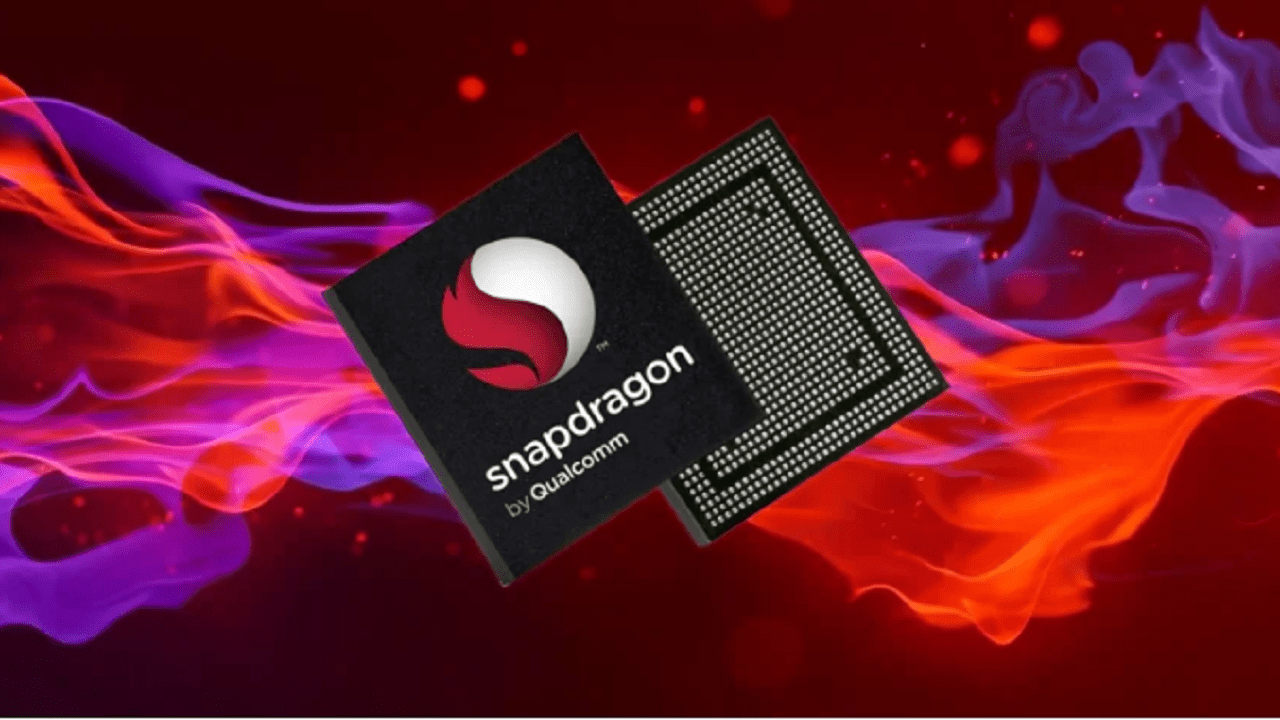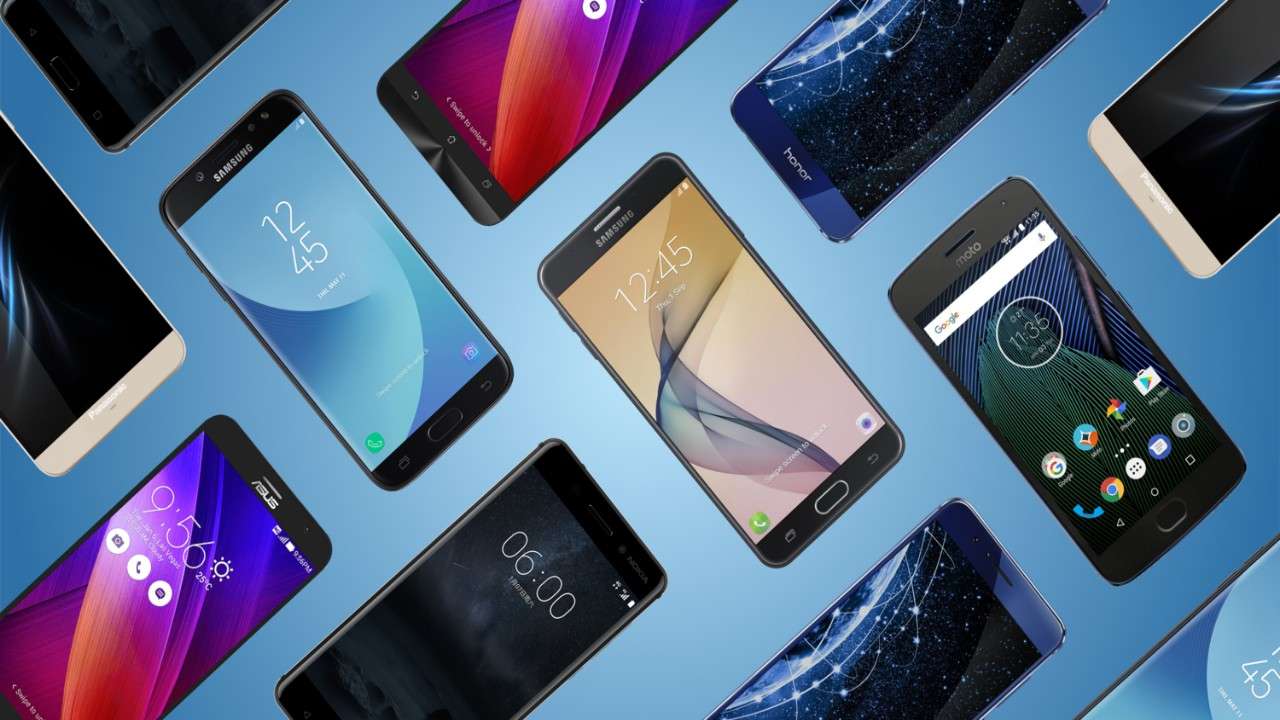In the rapidly advancing smartphone industry, mid-range chipsets have become a crucial focal point for both smartphone manufacturers and consumers. These processors strike the perfect balance between performance and affordability, catering to a large segment of the market. With flagship devices becoming more expensive, mid-range smartphones have emerged as the preferred choice for consumers who want high-end features at a more reasonable price. In this article, we will dive deep into a comparison of three prominent mid-range chipsets: Snapdragon 7s Gen 2, Exynos 1330, and Helio G100. By analyzing their specifications, performance, and suitability for budget smartphones, we aim to help consumers make an informed decision.
Table of Contents
- Introduction to the Chipsets
- Key Specifications
- Performance Comparison
- Gaming Performance
- App and Browsing Performance
- Graphics Rendering
- Camera and Imaging Capabilities
- Strengths and Weaknesses of Each Chipset
- Final Thoughts and Recommendations
- Frequently Asked Questions (FAQs)
Introduction to the Chipsets
Mid-range chipsets serve as the backbone for affordable yet feature-rich smartphones. These processors enable devices to run demanding applications, games, and multimedia content smoothly while maintaining a cost-effective price point. Let’s take a closer look at each chipset to understand their capabilities.
Snapdragon 7s Gen 2
Developed by Qualcomm, the Snapdragon 7s Gen 2 is a cutting-edge mid-range chipset built on a 4nm process. It integrates a high-performance CPU with Adreno 710 GPU, and provides robust connectivity options such as 5G, Wi-Fi 6E, and Bluetooth 5.2. Its strong architecture makes it an ideal choice for consumers who want a blend of performance and energy efficiency. The Snapdragon 7s Gen 2 chipset excels in both single-core and multi-core processing, making it a standout for gaming, photography, and general smartphone usage.
Exynos 1330
Manufactured by Samsung, the Exynos 1330 is a 5nm chipset that follows a dual-cluster architecture. It features a combination of Cortex-A78 and Cortex-A55 cores paired with a Mali-G68 MP2 GPU. While it lacks some of the latest features like Wi-Fi 6E, it still provides 5G connectivity and solid support for cameras up to 108 MP. The Exynos 1330 is a well-rounded mid-range chipset that performs well in daily tasks and moderate gaming, making it a competitive option for budget-conscious consumers.
Helio G100
The Helio G100, designed by MediaTek, is a 6nm chipset primarily intended for budget smartphones. It integrates Cortex-A76 and Cortex-A55 cores and is paired with a Mali-G57 MC2 GPU. Unlike the Snapdragon 7s Gen 2 and Exynos 1330, the Helio G100 lacks 5G support, focusing instead on providing decent performance for entry-level devices. With a strong emphasis on efficiency, this chipset targets users who are looking for basic functionality without the need for advanced connectivity features.
Key Specifications
Let’s compare the key specifications of each chipset to get a better understanding of their capabilities.
| Chipset | CPU Configuration | Fabrication Process | GPU | Connectivity | Camera Support |
|---|---|---|---|---|---|
| Snapdragon 7s Gen 2 | 4x Cortex-A78 @ 2.4 GHz + 4x Cortex-A55 @ 1.95 GHz | 4nm | Adreno 710 | 5G, Wi-Fi 6E, Bluetooth 5.2 | Up to 200 MP |
| Exynos 1330 | 2x Cortex-A78 @ 2.4 GHz + 6x Cortex-A55 @ 2.0 GHz | 5nm | Mali-G68 MP2 | 5G, Wi-Fi 5, Bluetooth 5.2 | Up to 108 MP |
| Helio G100 | 2x Cortex-A76 @ 2.2 GHz + 6x Cortex-A55 @ 2.0 GHz | 6nm | Mali-G57 MC2 | 4G LTE, Wi-Fi 5, Bluetooth 5.0 | Up to 64 MP |
Performance Comparison
Gaming Performance
The Snapdragon 7s Gen 2 takes the lead in terms of gaming performance. With its powerful Adreno 710 GPU, it provides superior graphics rendering, achieving 60 FPS in demanding games like PUBG Mobile and Genshin Impact. The high clock speeds of its Cortex-A78 cores ensure smooth gameplay even in the most graphically intense titles.
The Exynos 1330 offers decent gaming capabilities, achieving 59 FPS in PUBG Mobile. However, it struggles with more demanding titles such as Fortnite, where it falls short at 22 FPS. Despite this, it can still handle casual games and mid-level titles quite comfortably.
The Helio G100 is a budget-oriented chipset, making it less suited for gaming-heavy tasks. It can handle lighter titles but falls short in maintaining playable frame rates for resource-intensive games. The lack of 5G support also limits its ability to support next-gen mobile gaming features.
App and Browsing Performance
The Snapdragon 7s Gen 2 excels at app loading times and smooth multitasking. Thanks to its powerful single-core performance, it offers fast app launches and seamless browsing. This makes it an excellent choice for users who frequently multitask between apps.
The Exynos 1330, while still providing solid performance, lags behind the Snapdragon chipset when it comes to handling multiple apps simultaneously. It performs well for everyday tasks like browsing and media consumption, but it doesn’t offer the same level of responsiveness in multitasking scenarios.
The Helio G100 offers adequate performance for basic tasks, such as browsing and app usage, but its older Cortex-A76 cores may not handle multitasking as smoothly as the other two chipsets.
Graphics Rendering
The Snapdragon 7s Gen 2 is by far the best performer in terms of graphics rendering. The Adreno 710 GPU ensures high-quality visuals with smooth performance in all but the most demanding mobile games. The chipset is perfect for users looking for an immersive gaming experience with excellent frame rates and high graphical fidelity.
The Exynos 1330 offers a decent graphics experience thanks to the Mali-G68 MP2 GPU. While it can handle most casual games, it may struggle with high-end titles, especially in maintaining smooth frame rates during fast-paced action.
The Helio G100 is equipped with the Mali-G57 MC2, which is sufficient for basic graphics rendering but cannot handle high-end gaming titles effectively. Its lower-end GPU restricts its ability to render complex visual effects at high frame rates.
Camera and Imaging Capabilities
The Snapdragon 7s Gen 2 offers the most advanced camera support with up to 200 MP sensor compatibility. This chipset is perfect for users who prioritize high-quality photography and videography. With its powerful ISP (Image Signal Processor), the Snapdragon 7s Gen 2 can capture detailed images even in low light conditions.
The Exynos 1330 supports cameras up to 108 MP, making it suitable for users who want high-resolution photos without breaking the bank. The ISP delivers decent performance, ensuring clear and sharp images in most lighting conditions.
The Helio G100, while capable of supporting up to 64 MP sensors, falls behind in terms of camera capabilities when compared to the other two chipsets. Its camera processing capabilities are more suitable for entry-level devices rather than high-end photography.
Strengths and Weaknesses of Each Chipset
Snapdragon 7s Gen 2
Strengths:
- Excellent performance for gaming and multitasking.
- Support for 5G and advanced connectivity features.
- Outstanding camera capabilities, supporting up to 200 MP sensors.
- Superior GPU performance for demanding applications.
Weaknesses:
- May be more expensive than the other two options for budget-conscious users.
Exynos 1330
Strengths:
- Good balance of price and performance.
- Supports 5G connectivity.
- Decent gaming performance for mid-range games.
Weaknesses:
- Lags behind Snapdragon in raw computational power and GPU performance.
- Lower camera support compared to the Snapdragon chipset.
Helio G100
Strengths:
- Affordable and efficient for entry-level devices.
- Solid performance for basic tasks like browsing and media consumption.
Weaknesses:
- No 5G support.
- Limited gaming and graphics rendering performance.
- Lower camera support and less advanced ISP.
Final Thoughts and Recommendations
When comparing the Snapdragon 7s Gen 2, Exynos 1330, and Helio G100, it’s clear that each chipset serves a different purpose in the market. For consumers who want top-tier performance, advanced gaming capabilities, and impressive camera support, the Snapdragon 7s Gen 2 is the best choice. However, for those on a tighter budget, the Exynos 1330 offers a solid balance of performance and cost, while the Helio G100 is an excellent option for users who need basic functionality at an affordable price.
Frequently Asked Questions (FAQs)
1. Which chipset is best for gaming: Snapdragon 7s Gen 2, Exynos 1330, or Helio G100?
The Snapdragon 7s Gen 2 offers the best gaming performance due to its Adreno 710 GPU, providing smooth gameplay and high frame rates.
2. Does the Exynos 1330 support 5G?
Yes, the Exynos 1330 supports 5G connectivity, making it a good option for users seeking faster mobile data speeds.
3. Which chipset has the best camera support?
The Snapdragon 7s Gen 2 leads with support for up to 200 MP camera sensors, offering the best imaging capabilities.
4. Is the Helio G100 good for heavy multitasking?
While the Helio G100 is efficient for basic tasks, it may struggle with heavy multitasking due to its less powerful cores and GPU.
5. Which chipset is the most affordable?
The Helio G100 is the most affordable chipset of the three, targeting budget smartphones with basic performance and features.
SEE ALSO
https://flarenews.pk/2024/12/30/government-struggles-to-contain-ptis-digital-power/



